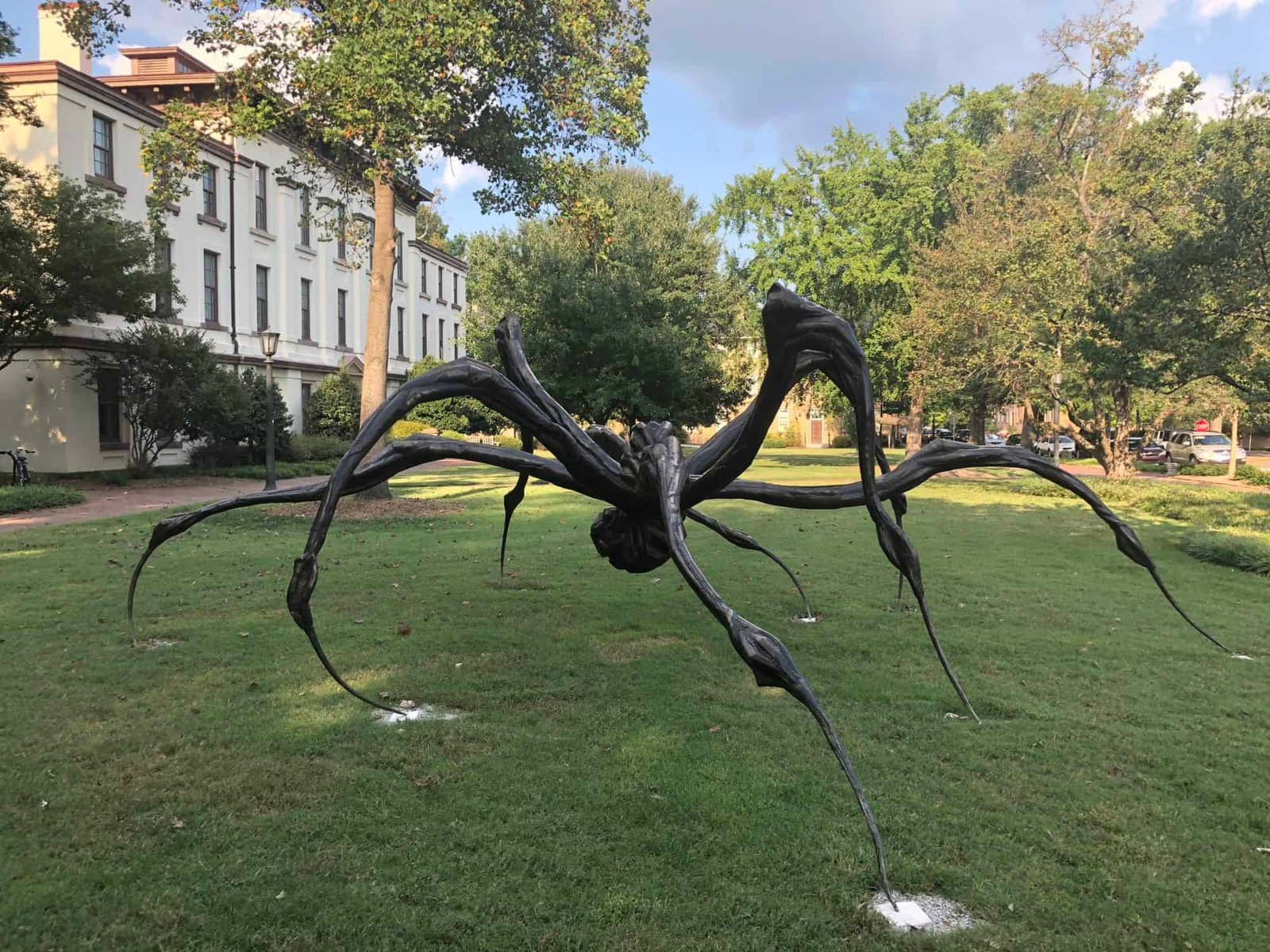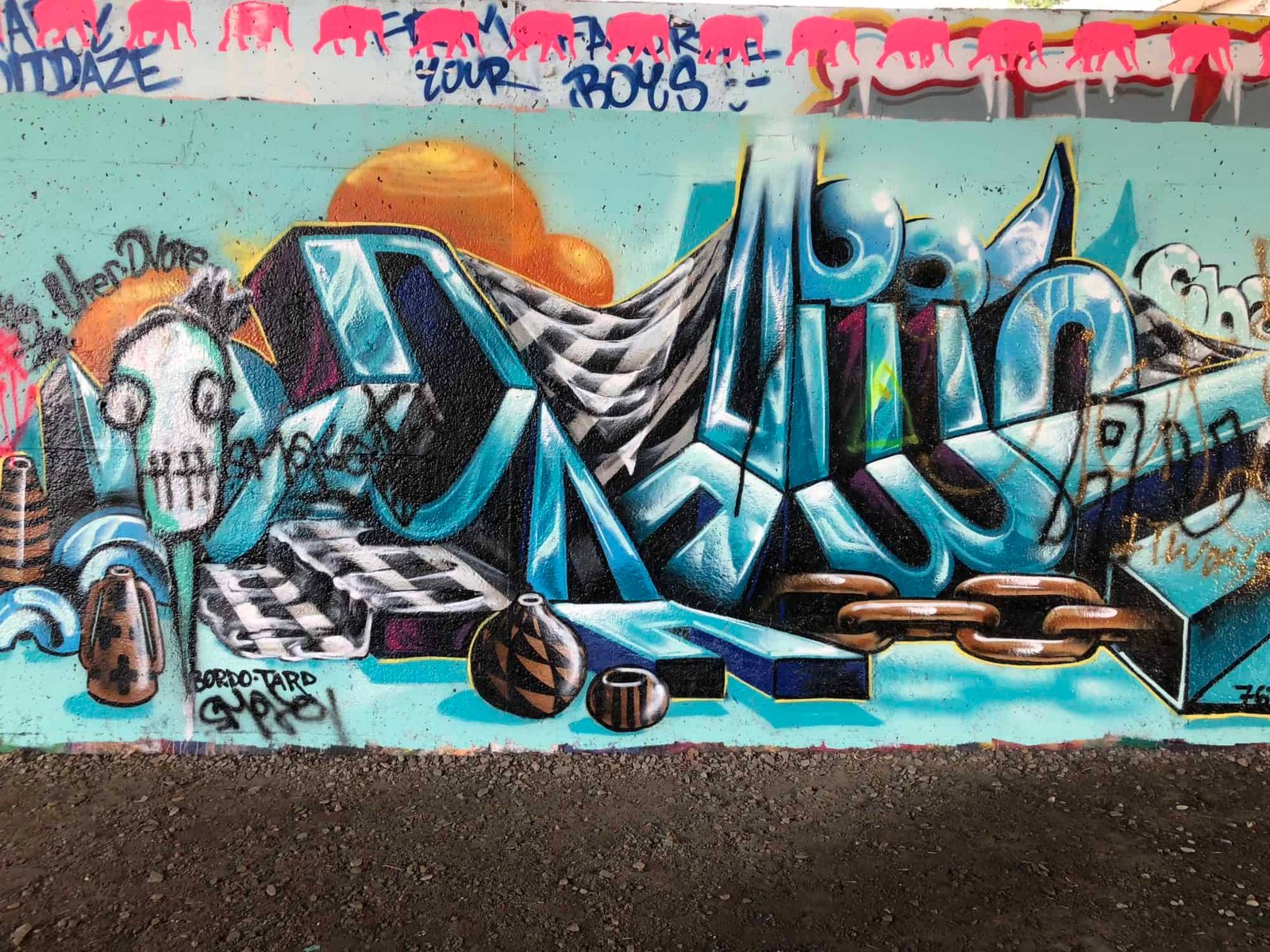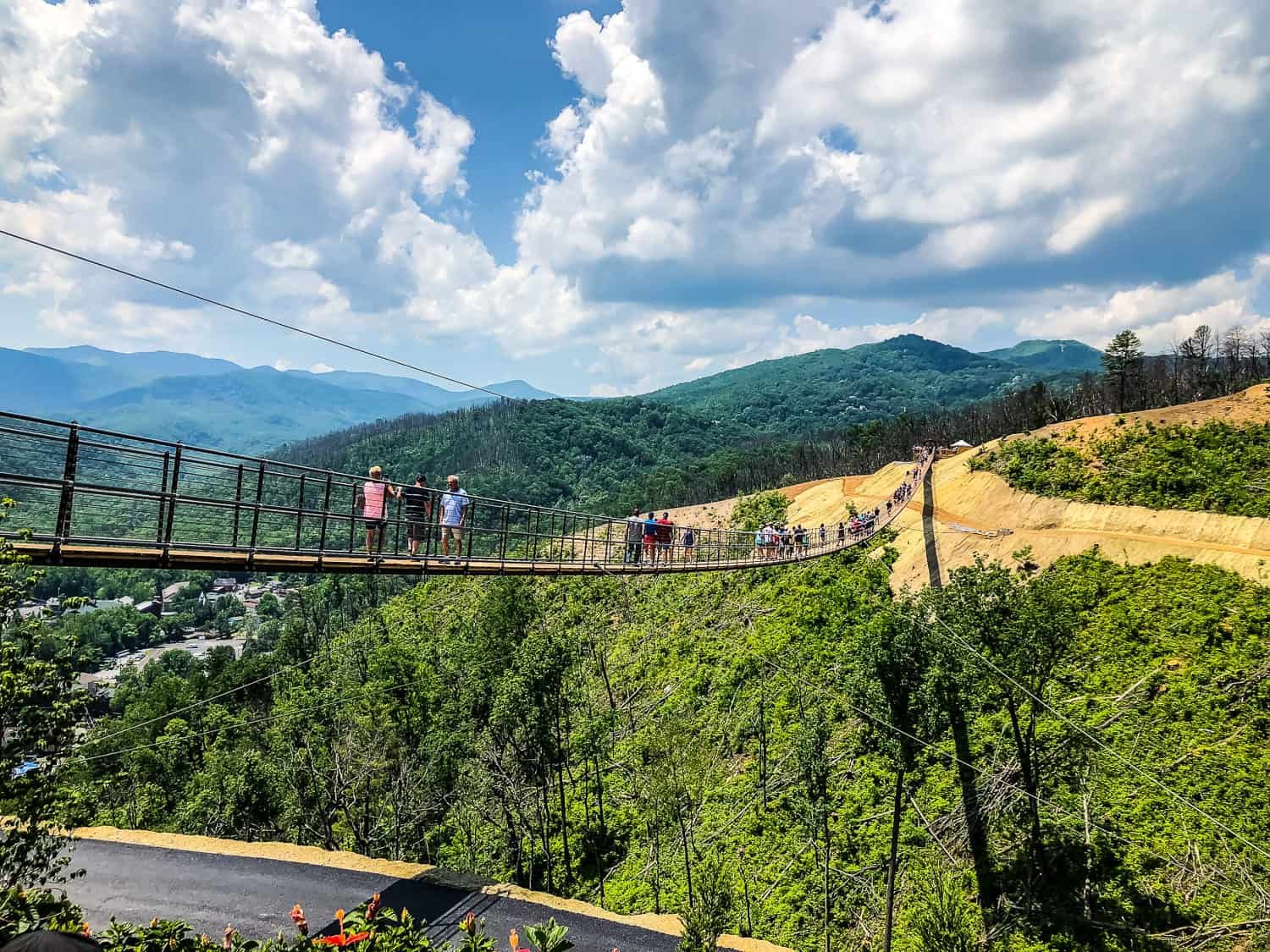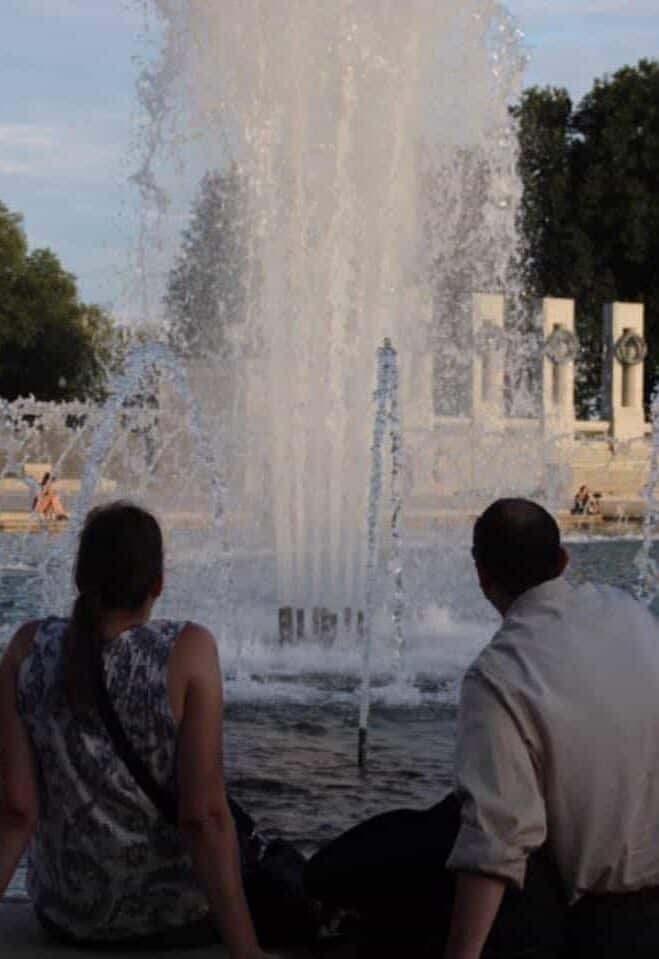Chapel Hill, North Carolina is a beautiful town and hosts the picturesque University of North Carolina, a very well respected university. However, there are definitely some signs of a dark past in various places in the university or town. Here are a few that we found during our visit there.
Contents
Silent Sam

Erected on the University of North Carolina at Chapel Hill on June 2, 1913, this bronze statue of a Confederate soldier by sculptor John A. Wilson was campaigned and largely funded by the North Carolina division of the United Daughters of the Confederacy to be a Civil War memorial. The memorial has been a huge controversy to the area and the university. Both what the statue stood for and the very racist dedication speech given by Julian Carr, an industrialist and former Confederate soldier.
This statue has been protested, marked with graffiti, and vandalized over the years due to its racist themes, and on August 20, 2018, it was toppled by protestors so that just the base of the memorial stands today. Since this statue must stay up due to state law, there are now discussions about moving it to a different location.
It is a sign of the dark history of North Carolina and not reflective of the diversity and attitudes on the university today so hopefully a more appropriate location can be found.
UPDATE: As of January 14, 2019, the base of the Silent Sam memorial was removed by the UNC Chancellor Carol Folt as a last act before her resignation after a proposal to find it another home on campus was rejected by the UNC board of governors.
Unsung Founders Memorial

Next to the former Silent Sam statue, is the Unsung Founders Memorial. This is memorial was gifted by the class of 2002 and is inscribed with
“The Class Of 2002 Honors The University’s Unsung Founders – The People Of Color Bound And Free – Who Helped Build The Carolina That We Cherish Today.”
This memorial showing 300 bronze slaves struggling to hold up a table of granite formerly sat in the shadow of Silent Sam – an imposing figure over this diminutive memorial, but now that the statue has been removed, it will hopefully take a much more prominently place.
Davie Poplar

The Davie Poplar is a famous tree on University of North Carolina at Chapel Hill. It is over 300 years old and named after founder William Richardson Davie.
There are a lot of legends and stories around this tree including one about as long as this tree is standing the university will thrive. Because of this, a lot of care is taken around this tree as it has seen its fair share of drama. It has been struck by lightning and due to the damage filled part of it with concrete, it has been damaged in a hurricane, and more recently, a small incendiary device was detonated to try to damage the tree. You can still see the black mark at the base of the tree from that device.
Crouching Spider

A new addition to the UNC campus is the Crouching Spider sculpture by French-American artist Louise Bourgeois. The sculpture stands 9 feet tall and 27 feet wide and definitely makes an impression when you see it. It is both imposing and dark and an incredible site. It seems to be ready to crawl along East Cameron Avenue at any moment and should be a mandatory stop on your visit to campus.
More information can be found at UNC’s web site
Stephen Langton – Archbishop from Cantebury and Gargolyes


A couple of little hidden gems are statue of 13th-century archbishop of Canterbury Steven Langton and the gargoyles which are mounted on Person Hall on the UNC campus. They have an interesting history. These there statues where actually part of the Westminster clock tower in London (Big Ben). In 1933, there was such significant damage and deterioration of the statues that they were taken down, and the plans were that they were to be discarded.
Katherine Pendleton Arrington, who was the president of the North Carolina Art Society, was in the London at the same time they were taking the statues down and offered to pay for the fixes to the tower necessary due to the removal of the statues in return for the statues themselves. She then donated them to the school where they were eventually mounted on Person Hall.
Steven Langton was the archbishop responsible for taking the biblical scrolls and started breaking them up into more organized manner which was used later to give us a better chapter organizing and then was developed further into verses.
They are mounted very unassumingly on the building with little gardens around them, and if you didn’t know the story, you may just pass them by without a second glance, but the story definitely makes them a sight to see.






